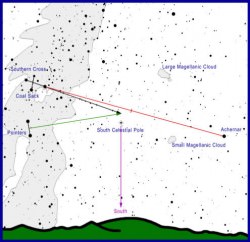Fred Watson… excuse me, Professor Fredrick Garnett Watson AM, was on this Australia Day 2010 appointed a ‘Member in the General Division of the Order of Australia’ – which is generally acronymized down to just AM. This honor was bestowed for ‘service to astronomy, particularly the promotion and popularization of space science through public outreach’.
Watson is a well known Australian identity after 10 years on ABC radio – answering many phone-in questions from the public, samples of which are captured in his popular book Why is Uranus Upside Down? Another book Stargazer – the Life and Times of the Telescope has also sold well internationally.
Watson has appeared in a number of science television programs and is also a regular public speaker at forums such as Science in the Pub. In 2006, he won the Australian Government Eureka Prize for Promoting Understanding of Science.
Since 1995, Watson has been the Astronomer in Charge of the Anglo-Australian Observatory in Coonabarabran, NSW. The AAO operates the Anglo-Australian Telescope and UK Schmidt telescopes on behalf of the astronomical communities of Australia and the United Kingdom. Currently the Observatory is funded by the Australian and British Governments to provide world-class facilities for British and Australian optical astronomers.
Born in England in 1944, Watson is considered a pioneer in the use of fibre optics in astronomy and spectroscopy – the subject of his PhD thesis gained at the University of Edinburgh in 1987. Watson apparently helped pay for his studies playing in folk bands alongside performers such as Gerry Rafferty and Billy Connolly – and apparently he used to have hair back then.
 He has also combined a love of music and performance to communicate a passion for astronomy. As well as releasing his own CD An Alien Like You, he won an APRA award in 2008, for the Choral Work of the Year, being Star Chant, the choral fourth symphony of Australian composer Ross Edwards, for which Watson wrote the text.
He has also combined a love of music and performance to communicate a passion for astronomy. As well as releasing his own CD An Alien Like You, he won an APRA award in 2008, for the Choral Work of the Year, being Star Chant, the choral fourth symphony of Australian composer Ross Edwards, for which Watson wrote the text.
Watson is currently participating in the international RAdial Velocity Experiment (RAVE) measuring the radial velocities and metallicities of up to 1 million stars in the Milky Way Galaxy. It is anticipated that RAVE will deliver a better understanding of the dynamics of the Milky Way, including determination of local escape velocity at different locations across our spiral galaxy.
And just to round off a not-too-shabby CV, he also has an asteroid named after him, Fred Watson 5691. Congratulations Fred – and have a great Australia Day.


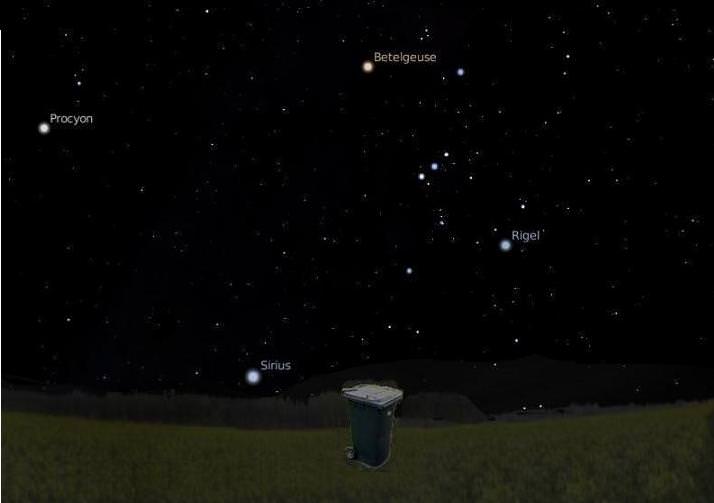
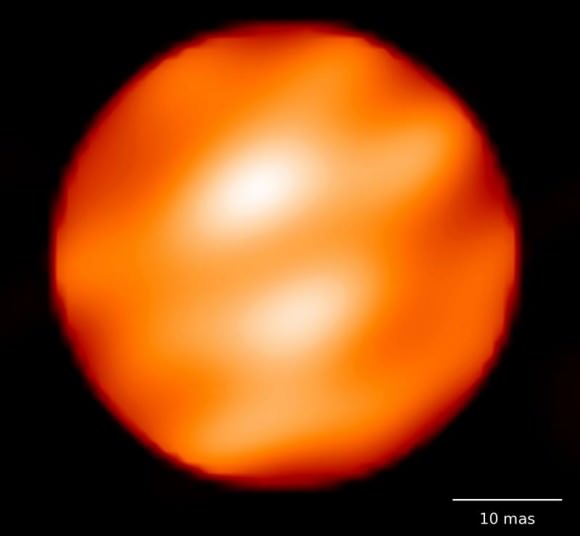

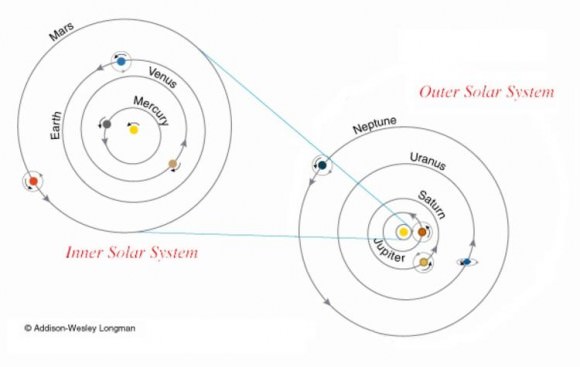

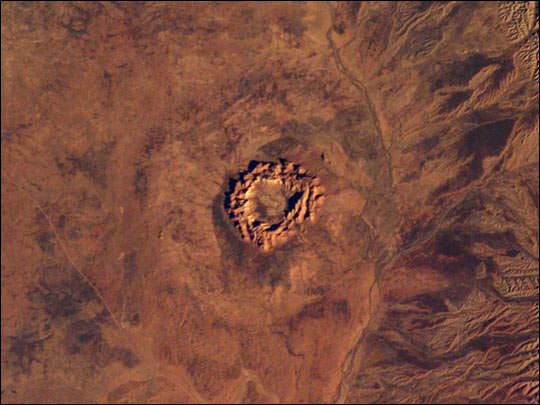


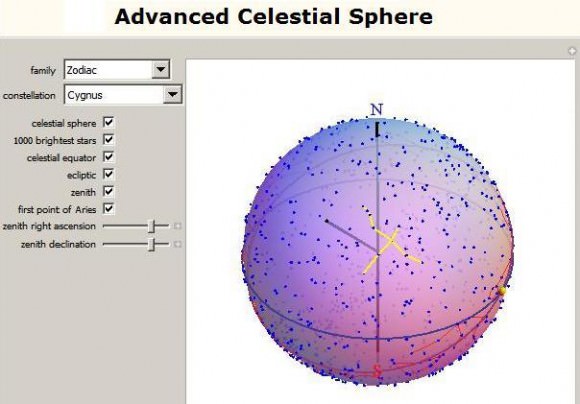
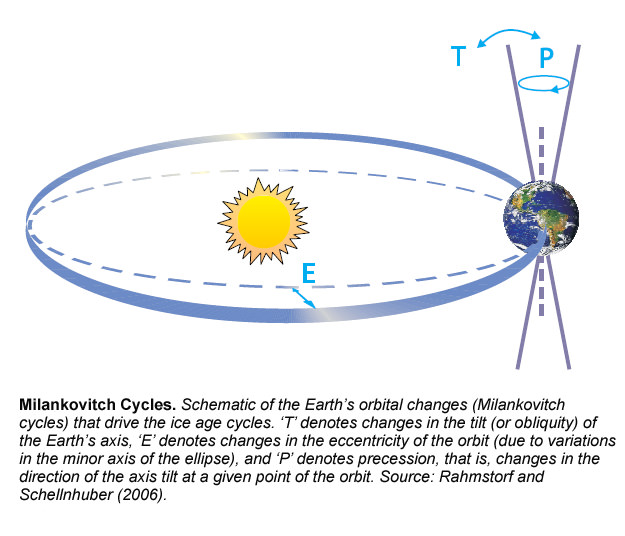

 So you might want to rethink that next coastal real estate purchase – or hope for the best from
So you might want to rethink that next coastal real estate purchase – or hope for the best from 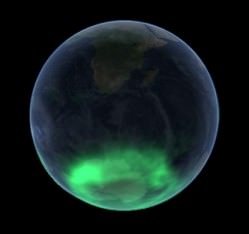 climb a mountain in Tasmania, or even better catch an icebreaker to Antarctica, to see it.
climb a mountain in Tasmania, or even better catch an icebreaker to Antarctica, to see it.